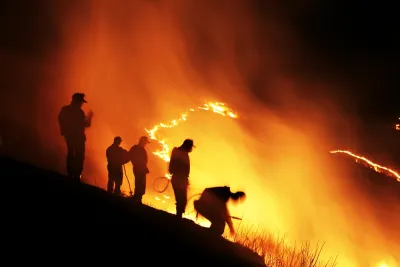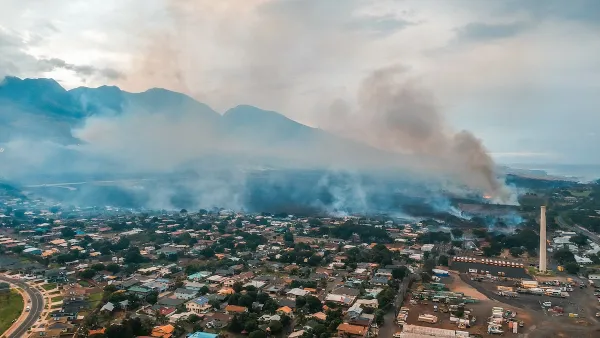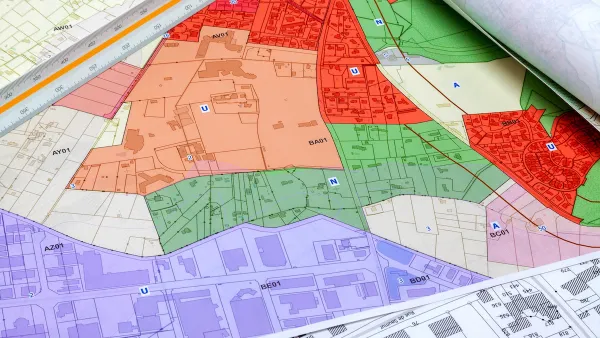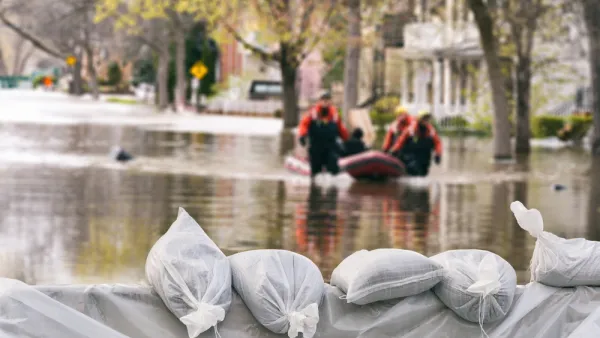Whether climate change 'caused' the California fires is a red herring, argues disaster resiliency expert Dave Hampton, in this first part in a series on lessons from the California fires about climate change.

Media reporting on the relationship between the recent devastating wild fires in California and climate change have demonstrated the confusion between attribution and contribution. While disasters like fires can never be directly attributed to climate change, Dave Hampton, a natural disaster resiliency specialist, argues there is little doubt climate change is:
. . . creating the preconditions for them to occur or to be more intense or prolonged – such as the higher winds and an overall drier season that have driven the Skirball and Thomas fires, threatening nearly 200,000 acres in California . . . [The] point is, rather, not to get too hung up on causation for particular events, but rather to acknowledge the changing climate as a driver and contributor to making natural events events such as wildfires, droughts, and flooding more severe.
Accordingly, planning for the 'wildland-urban interface' will require heightened and more proactive measures than in the past. For more, see source article.
FULL STORY: Lessons from the California Fires: Climate Change Impacts and Proactive Planning (part 1)

National Parks Layoffs Will Cause Communities to Lose Billions
Thousands of essential park workers were laid off this week, just before the busy spring break season.

Retro-silient?: America’s First “Eco-burb,” The Woodlands Turns 50
A master-planned community north of Houston offers lessons on green infrastructure and resilient design, but falls short of its founder’s lofty affordability and walkability goals.

Delivering for America Plan Will Downgrade Mail Service in at Least 49.5 Percent of Zip Codes
Republican and Democrat lawmakers criticize the plan for its disproportionate negative impact on rural communities.

Test News Post 1
This is a summary

Test News Headline 46
Test for the image on the front page.

Balancing Bombs and Butterflies: How the National Guard Protects a Rare Species
The National Guard at Fort Indiantown Gap uses GIS technology and land management strategies to balance military training with conservation efforts, ensuring the survival of the rare eastern regal fritillary butterfly.
Urban Design for Planners 1: Software Tools
This six-course series explores essential urban design concepts using open source software and equips planners with the tools they need to participate fully in the urban design process.
Planning for Universal Design
Learn the tools for implementing Universal Design in planning regulations.
EMC Planning Group, Inc.
Planetizen
Planetizen
Mpact (formerly Rail~Volution)
Great Falls Development Authority, Inc.
HUDs Office of Policy Development and Research
NYU Wagner Graduate School of Public Service





























